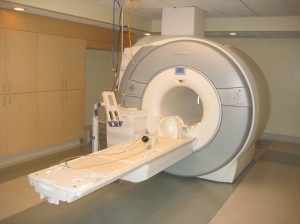What Are Bone Spurs?
You’ve just been told the cause of your back pain is a bone spur. If you’re like many patients who receive this diagnosis, one of your first questions may be, “What exactly is a bone spur?” You’ve probably heard the term – for example, in connection with a professional pitcher’s arm injury. In fact, just about anyone can develop a bone spur, and they can appear on virtually any bone. Frequent sites include the feet and the shoulders. Bone spurs are also a common spinal problem. Indeed, bone spurs are a normal feature of an aging spine exhibiting degenerative changes; many people over age 60 have bone spurs on their vertebrae.
Also called an osteophyte, a bone spur is a growth the bone produces as a response to injury, degenerative changes, trauma or other compromise. A bone spur is something like a protective layer the bone grows to protect itself. While the name may conjure images of something pointy that would go on a cowboy’s boot, bone spurs are not sharp or spiky. And bone spurs themselves are not painful. However, the bone spur can press on or rub on adjacent bone, or upon ligaments, tendons, nerves or other soft tissue. This in turn irritates or impinges the adjacent tissue, and can cause pain or limit the motion of an affected joint.
Key Considerations for Bone Spurs
When bone spurs develop on the vertebrae, they can also impinge on spinal nerves that control movement and sensation in other parts of the body. If not treated, the damage the bone spur causes to the surrounding tissue increases. The symptoms or pain and limited joint mobility are similar to many other spinal problems. Radiographic images, that is, MRI scans and X-rays, are employed to make a definitive diagnosis, as the bone spurs will appear in the images. Left untreated, bone spurs can cause permanent damage. That’s one more reason anyone experiencing chronic back pain should seek help from a qualified medical specialist.







